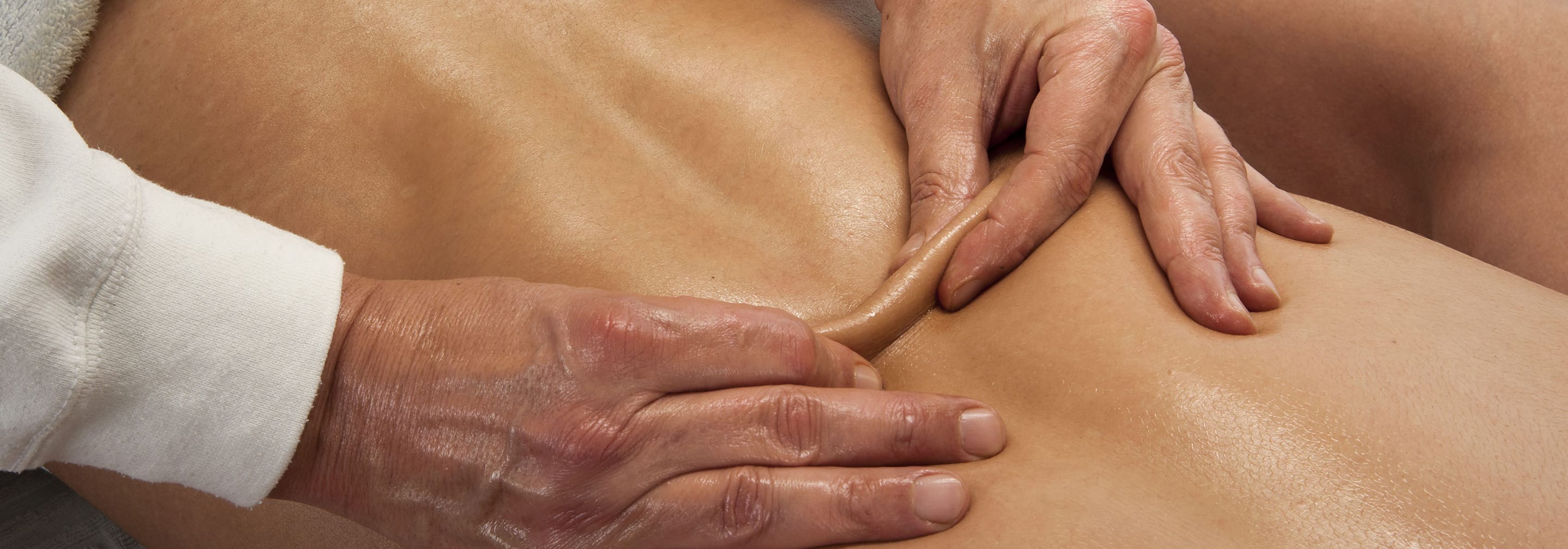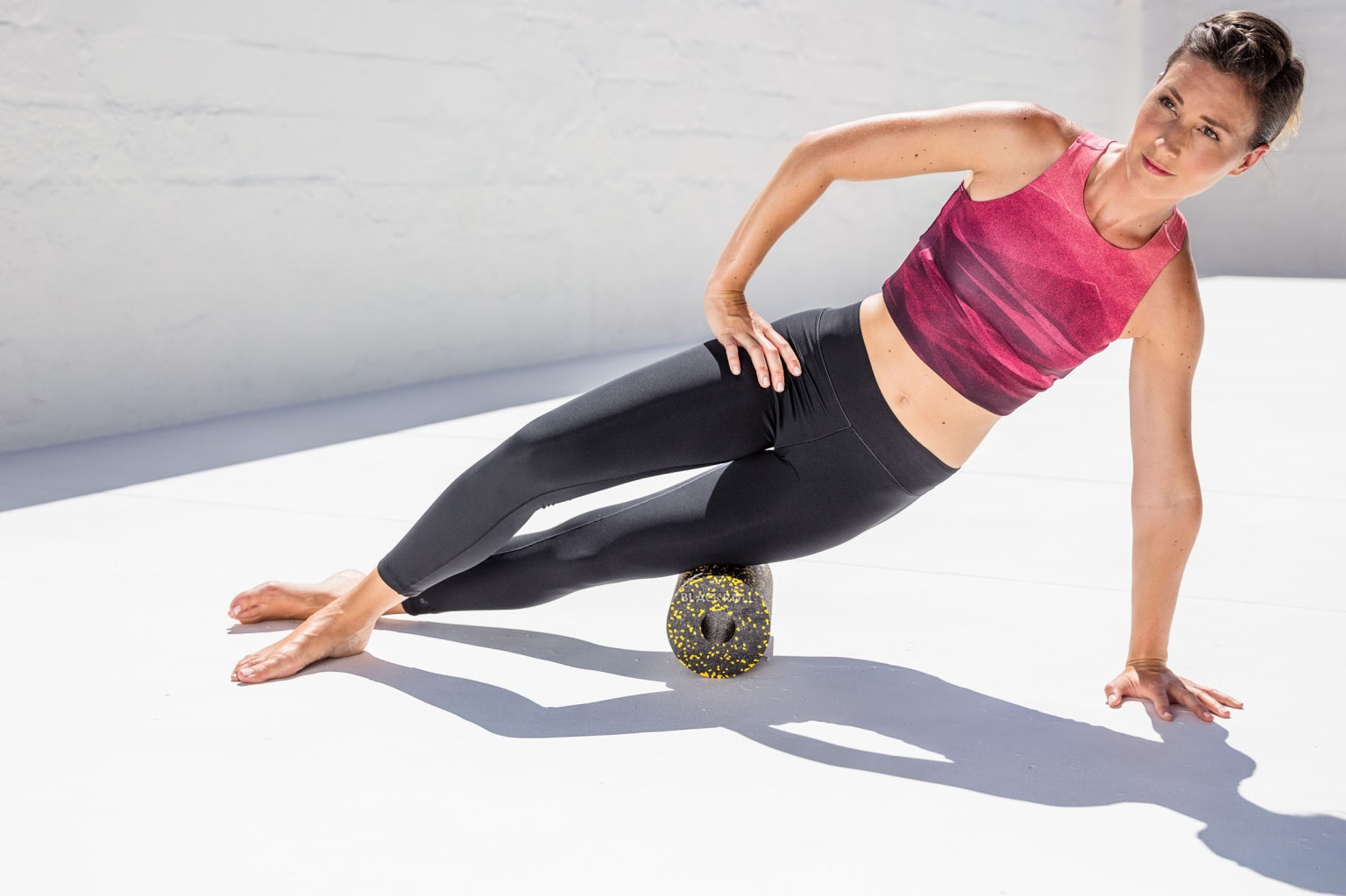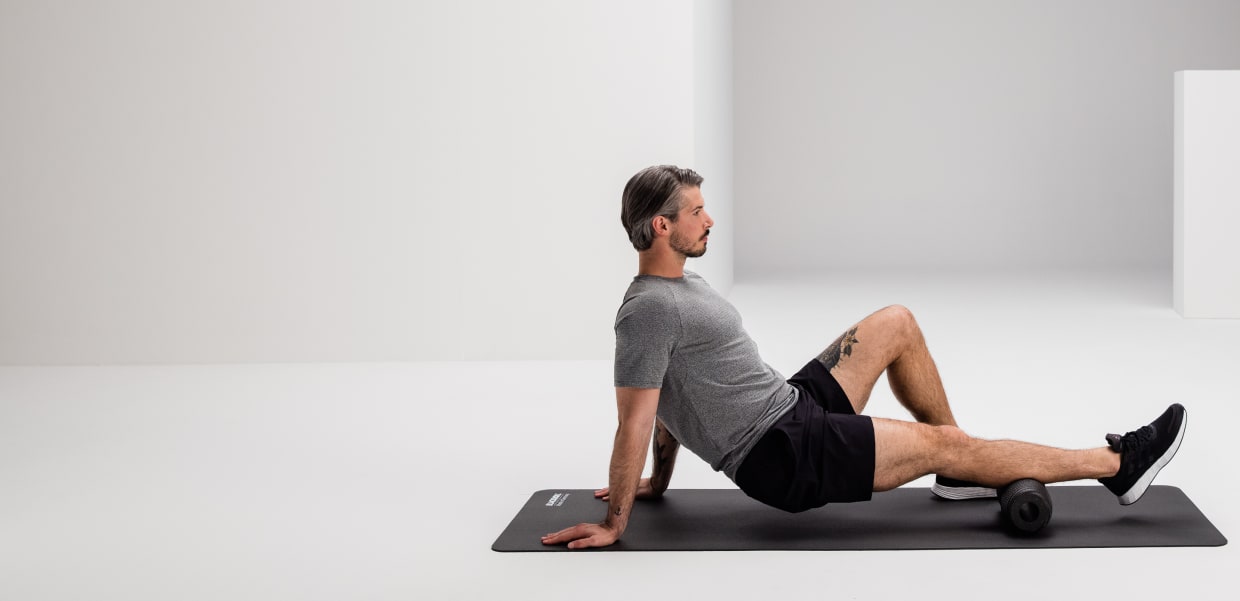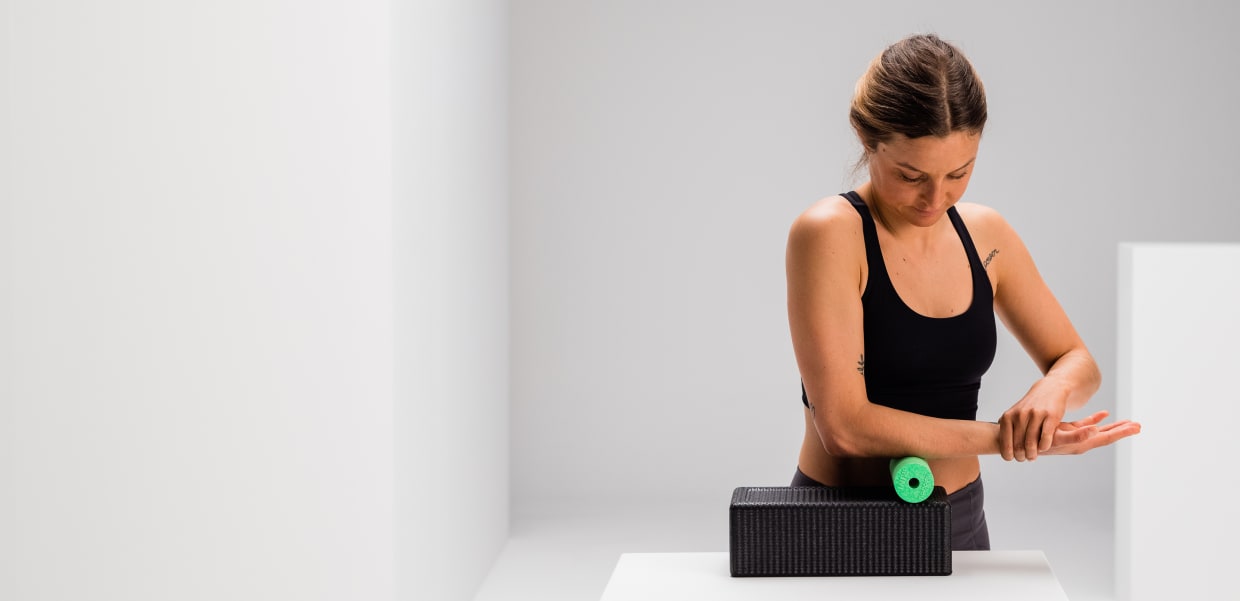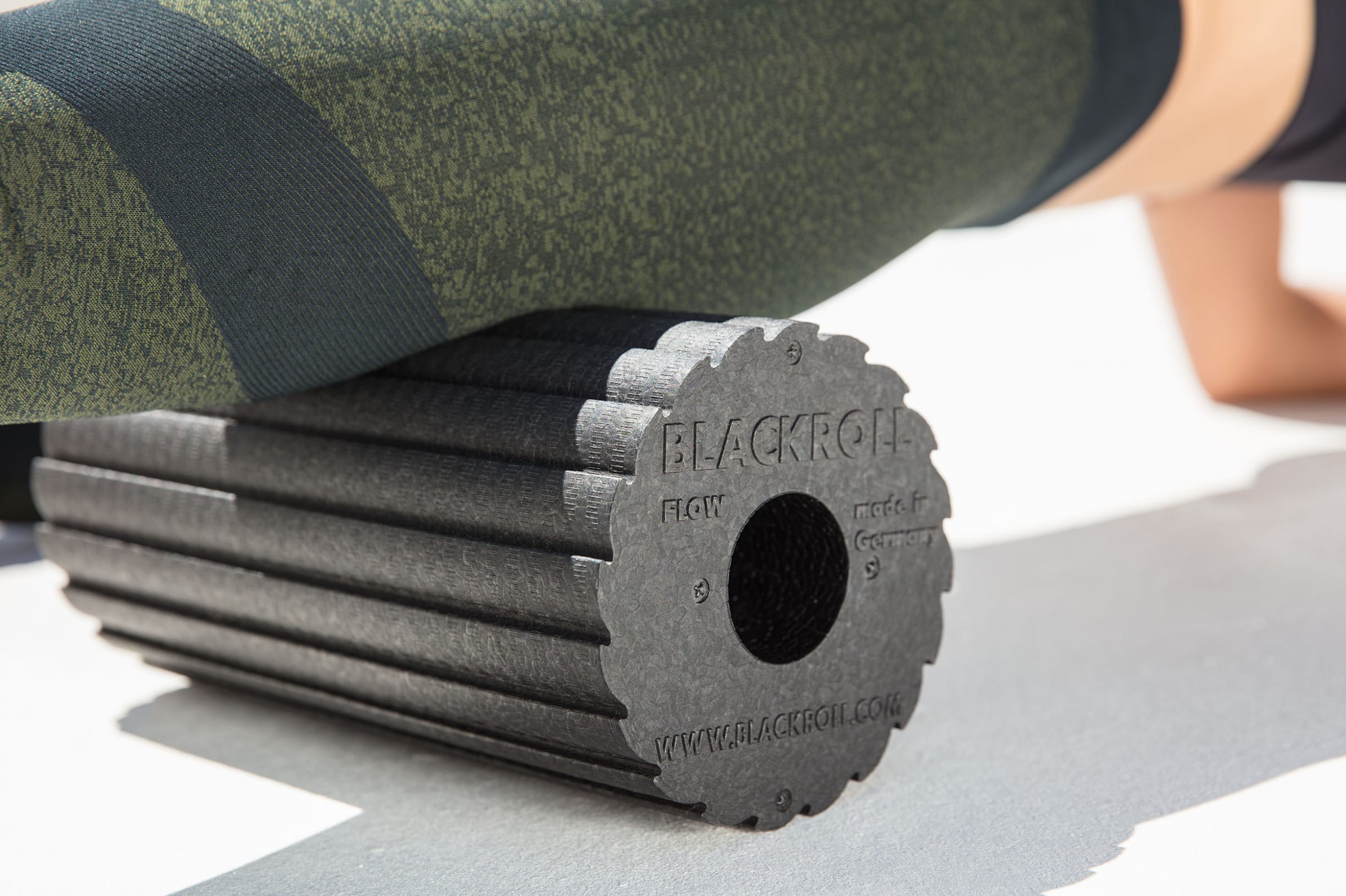
Fascia therapy - what's that?

In recent years, research in the area of the fascia has increased substantially. The effect of various types of therapy that fall under fascia treatment, which had often been difficult to explain, are becoming increasingly well understood. To merely reduce them to a placebo effect is no longer tenable, even when it comes to the gentle forms of fascia therapy. Many of the effects of fascia therapy have now been proven. Here we will introduce you to types of therapy that are frequently practiced within the context of fascia treatments.
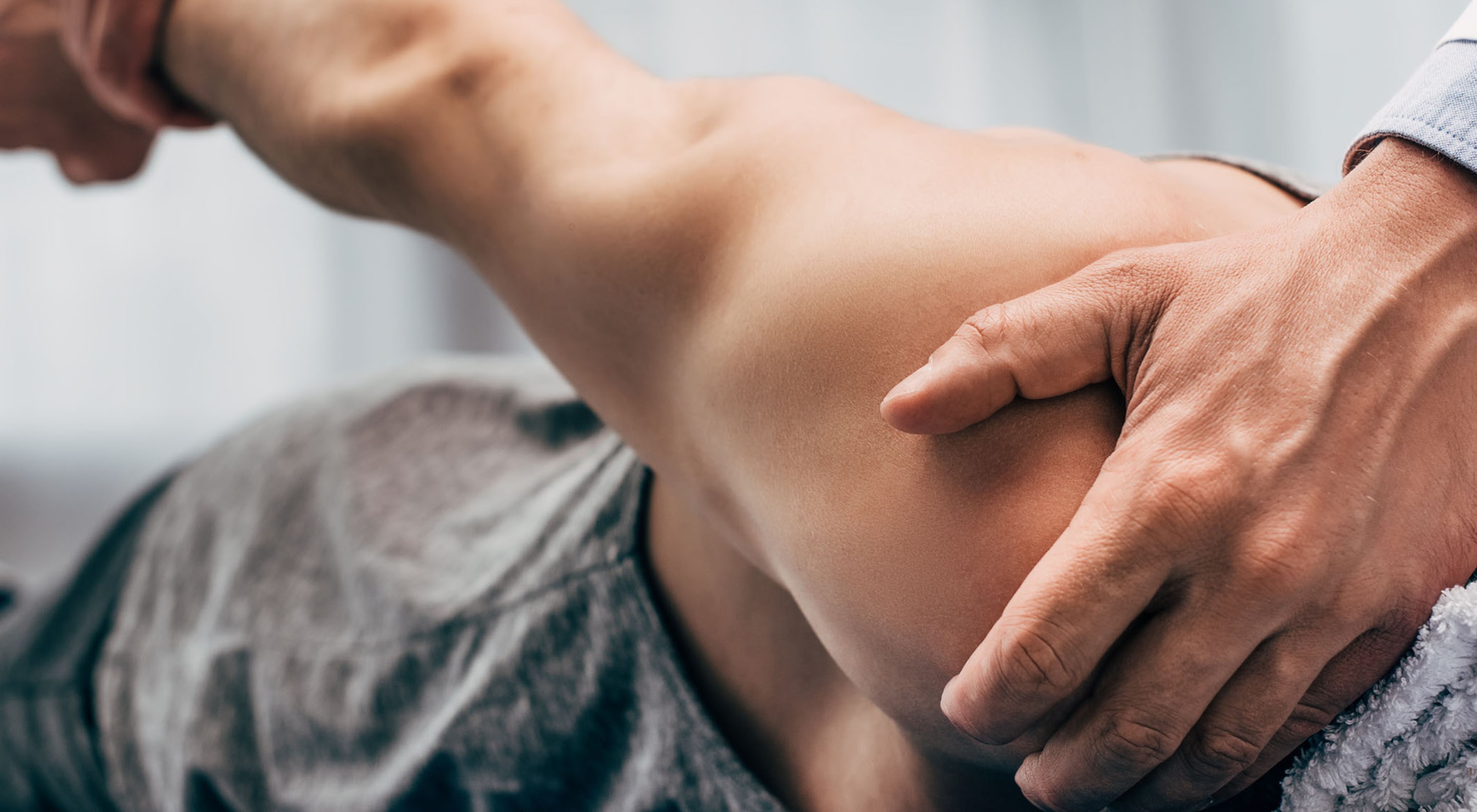
Osteopathie
Many fascia therapies are based on the concepts of osteopathy. Osteopathy was developed by American Andrew Taylor Still back in the 19th century, and is a holistic, and predominantly gentle healing method. In osteopathy, the therapist uses his/her hands to feel for misaligned bones, tissue strain, and organic and neuronal disorders, and subsequently provides relief. The entire body is brought into healthy balance, whereby the body's own forces can once again flow freely. A "restart" like this initiates the body's self-regulation. Osteopathy consists of the following three main areas:
Parietal osteopathy
In parietal osteopathy, it is in particular the bones, joints, muscles, and fasciae that are treated. Techniques are used that relieve pain, correct misalignment, and regulate tissue tension.
Craniosacral osteopathy
Craniosacral osteopathy, on the other hand, deals primarily with the connection running from the skull (cranium), to the spine, and on to the sacral bone (sacrum). This area incorporates the central nervous system, i.e. the brain and spinal cord, and is surrounded by membranes that include a hydraulic system, which is subject to small rhythmic pumping motions. On account of its importance, this craniosacral rhythm is also known as primary respiration. Statistical analysis shows that approx. 85% of physical functional disorders are originally linked to the craniosacral system. This explains why craniosacral therapy can be helpful when treating a host of illnesses - and not just those affecting the locomotor system.
Visceral osteopathy
Visceral osteopathy is dedicated to the internal organs and their position, mobility and function. In addition, the fascial suspensions of the organs and connections to other structures are taken into consideration.
This subdivision serves merely to provide an understandable representation of the approach. When practising osteopathy, all three systems are simultaneously taken into account, and viewed as an interacting, complex bodily system, as part of a holistic approach.
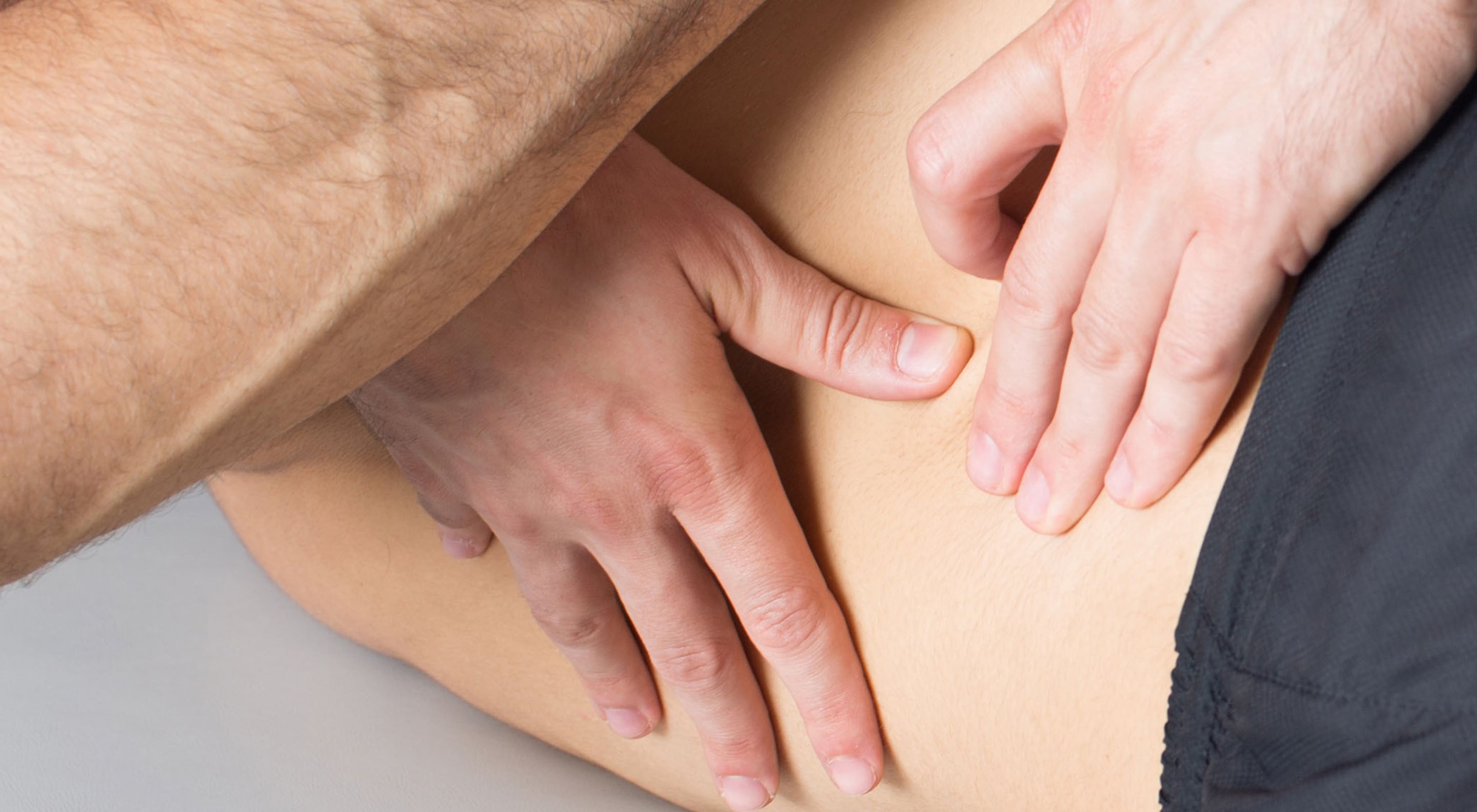
Rolfing
"Fascia is the organ of posture…“
Ida Rolf (1896 - 1979)
Rolfing is another fascial therapy. The goal here is to bring the body statics back into line with the force of gravity using the muscular fasciae, which connect the entire body, like a network. To this end, the posture is first analysed when standing and walking. This is followed by in-depth connective tissue work, whereby Rolfers make use of the plastic property of the fasciae. With the application of slowly melting pressure on the hands and elbows, you can loosen and relax precisely those fasciae that prevent the body from standing up completely straight. The patient is then instructed to reinforce the treatment by practising special movements. A treatment session will generally end with posture or body perception exercises, which correspond with the topic of the session. The desired result is a relaxed posture, more fluid movements and better body perception.
Usually over the course of 10 sessions, the entire body is treated following a specific concept, whereby each session builds on the last.
1. Session: Breathing
2. Session: Feet
3. Session: Centre line
4. Session: Ankles, legs, pelvic floor
5. Session: Pelvic floor 1
6. Session: Pelvic floor 2
7. Session: Head & shoulders
Sessions 8-10: Integration
The first three sessions first serve the opening of the external, larger layers, while the deeper-lying core structures are treated from the fourth session onwards. The final three sessions are then intended for the integration of the altered structures and motion sequences.
Rolfing is primarily preventive in nature. Poor posture is corrected at an early stage, and less pathological conditions are corrected in a targeted manner.
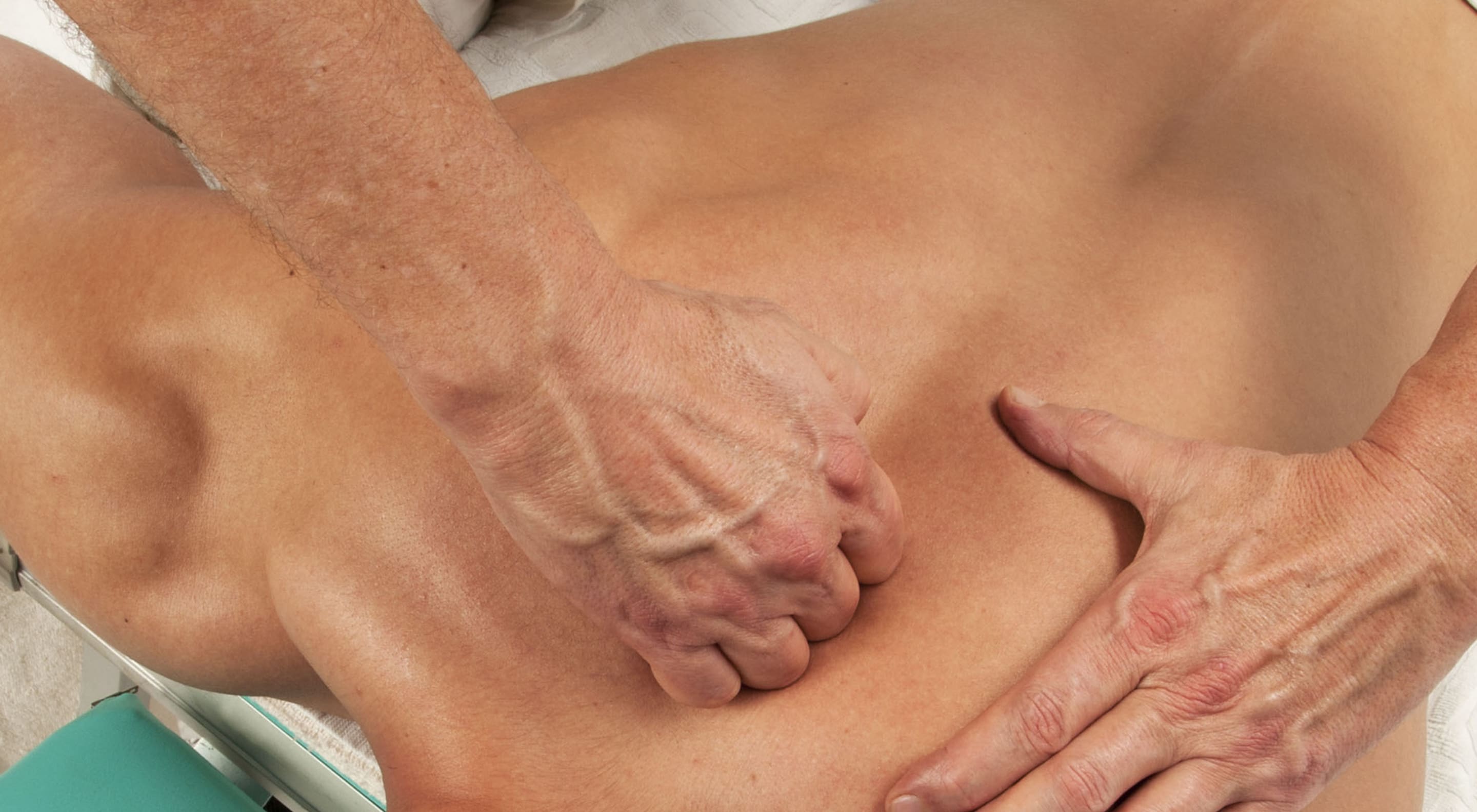
Fascial manipulation (according to Stecco)
Like many fascial therapies, fascial manipulation is also a form of manual fascial therapy. It views all fasciae in the body as a single unit, which acts as a three-dimensional network within the body. Tension changes in one location can thus cause disorders at another location within the body.
In the case of fascial manipulation following the Stecco method, the causal key points within the body, which are linked to the region in which pain is perceived, are sought out and treated using targeted techniques. These are generally located in the deep-lying fascia, away from the area in which the discomfort is perceived. The treatment causes the liquefaction of colloidally altered liquid in the fascia, and consequently the regulation of myofascial tension along the associated pathway.
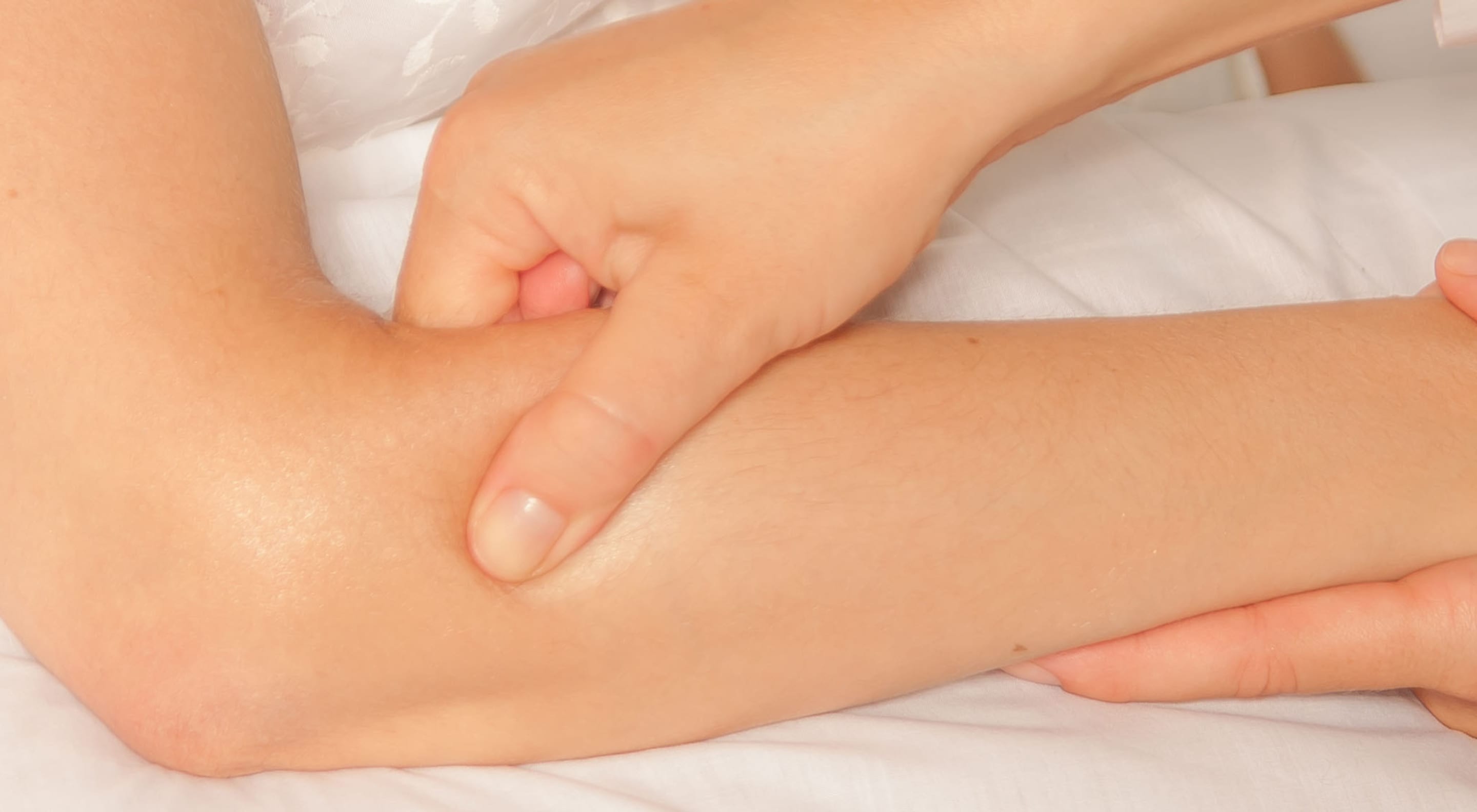
Fascial distortion model
The fascial distortion model was developed by emergency physician and osteopath Stephen Typaldos. It traces injuries and medical conditions back to six specific distortions of the fasciae. One or more of these are identified and defined by the therapist, primarily on the basis of the word selection and body language used by the patient when describing his/her problem.
- Trigger band
- Continuum distortion
- Herniated trigger point
- Cylinder distortion
- Fold distortion
- Tectonic distortion
This is followed by the therapeutic fascial treatment. A consistent movement performed by the patient then reinforces the process of self-regulation. The fascial distortion model is used mainly in case of muscular and fascial disorders, as well as for conditions affecting the tendons and skeleton.

Connective tissue massage
Connective tissue massage was established as a practice back in 1929, and can thus be considered one of the first fascia therapies. This involves a special massage, based on the concept of "Head's zones". Using special techniques to influence the skin, subcutis, and fasciae, a cuti-visceral reflex arc (cutis = skin; visceral = relating to the bowel) is initiated, which acts on the skin, the internal organs and the locomotor system. As a result, disorders located there can be relieved by means of tone normalisation in the connective tissue. The first reaction is a perfusion in the area of the point at which treatment was performed.
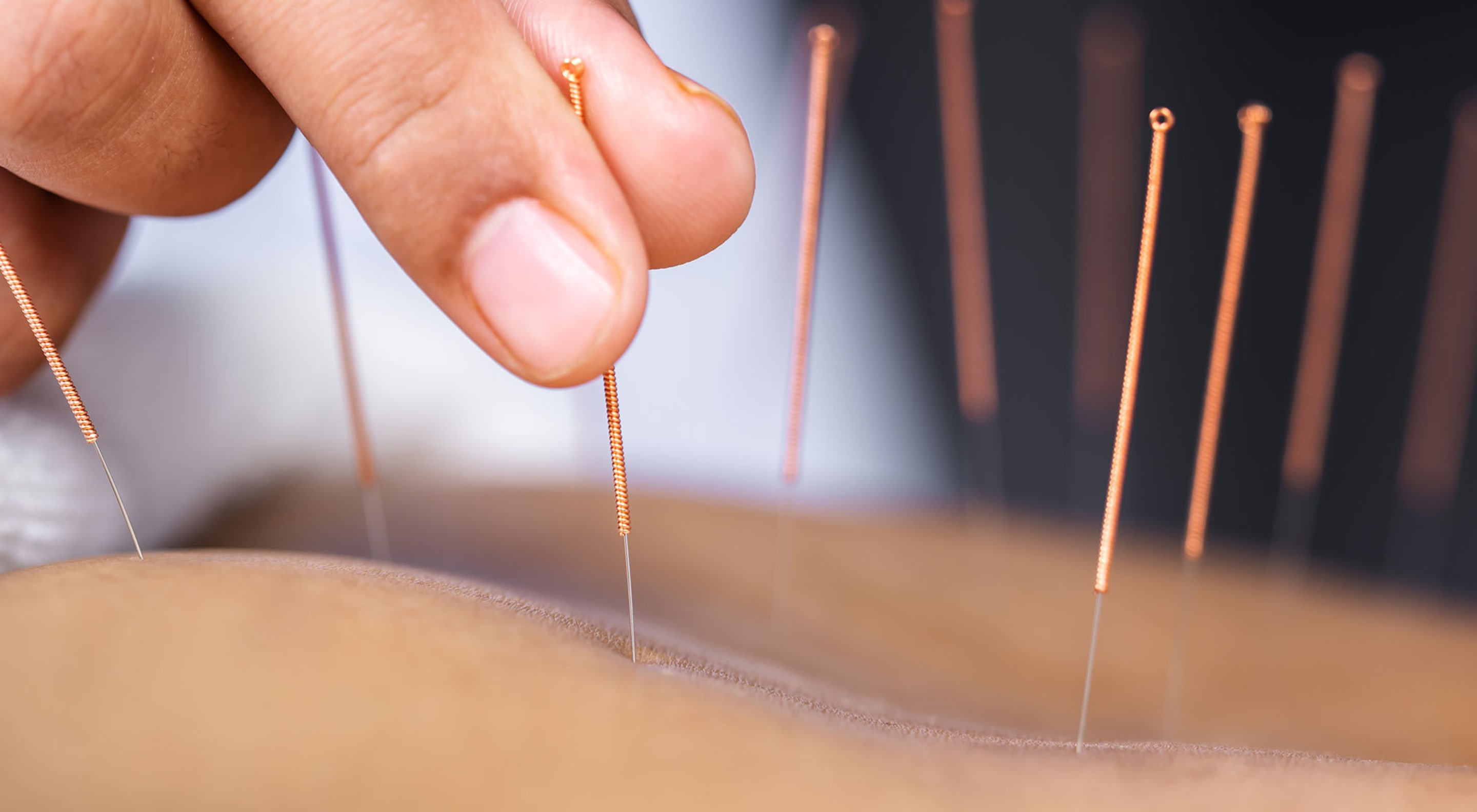
Acupuncture
Acupuncture is a traditional Chinese healing method, and is already more than 2000 years old. At the centre of this therapy is the concept of a flowing lifeforce, the Qi.
Using fine needles (acu = needle), which are inserted into the skin and the superficial fascial layer (punktio = to pierce), specific points on these energy pathways within the body (meridians) are stimulated. The needles remain inserted for approximately 30 minutes, in order to harmonise the flow of energy between the meridians and positively influence dependent bodily functions. Various effects can be intensified by twisting the needles, moving them up and down, or heating them up.
With the current knowledge that the relevant meridian points correlate with crossover points within the fascial network, a connection is assumed in terms of the way they work. An increased production of pain-reducing hormones is also being discussed. A significant pain reduction was demonstrated in studies, particularly in case of headaches, back pain and joint pain.
Over time, various different forms have become established:
- Ear acupuncture
- Skull acupuncture
- Hand acupuncture and
- Foot acupuncture
Here only the respective areas are treated. However, the effects are evident throughout the entire body.
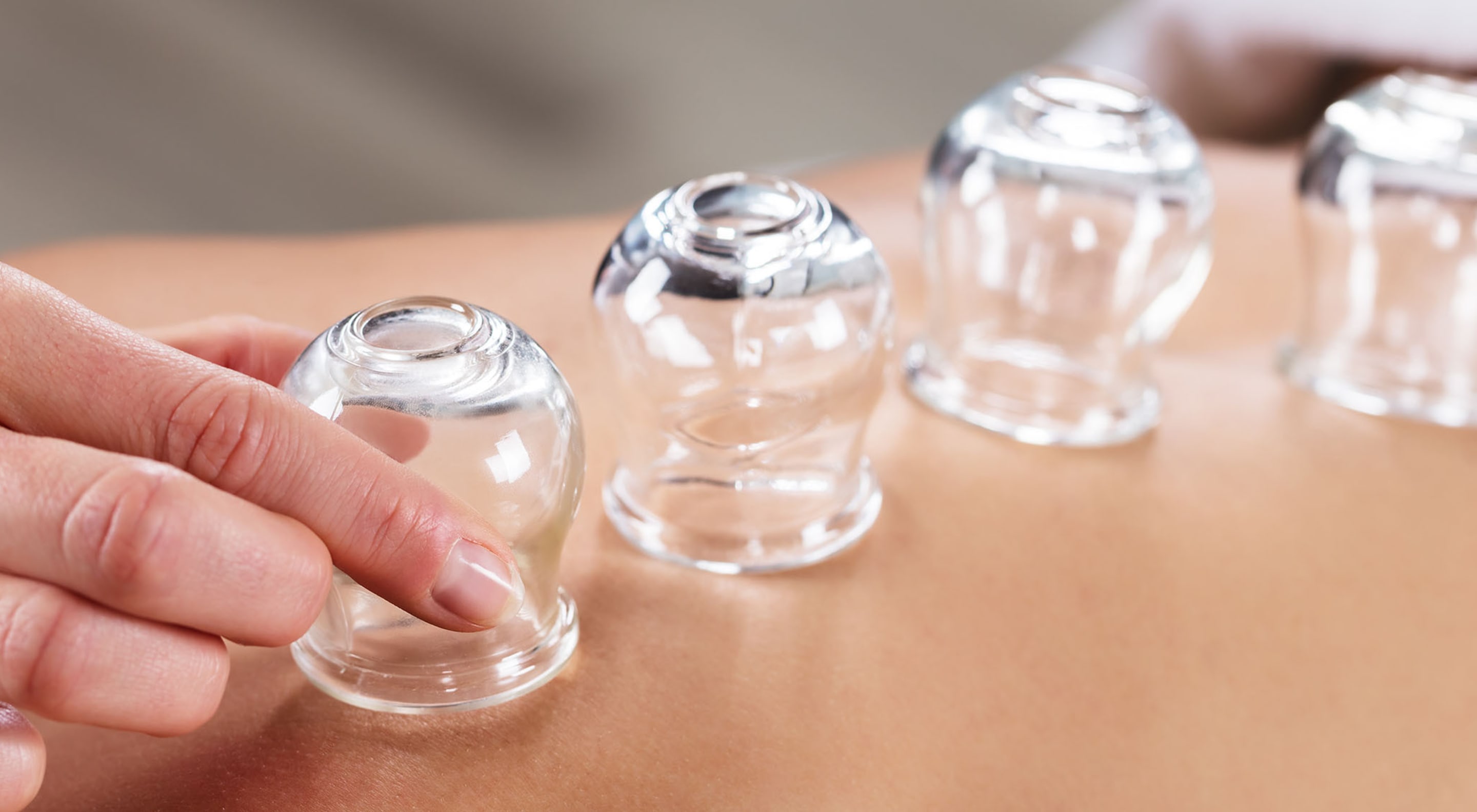
Cupping
Cupping is one of the oldest fascial therapy methods, with instruments that were already in use in Ancient Egypt. It is also part of traditional Chinese medicine, where it is known as Ba Guan.
In this alternative therapy, bell-shaped glasses are placed on the skin, creating a vacuum. The vacuum can be created by heating and cooling the suction glass, or (now more common) using a rubber suction ball. The vacuum pulls the skin and the underlying connective tissue upwards, thus stimulating the circulation, the lymphatic flow, and the metabolism of the skin and the superficial fascia. By stimulating the haematoma that occurs, the energy flow is stimulated and the body's self-healing mechanism is activated.
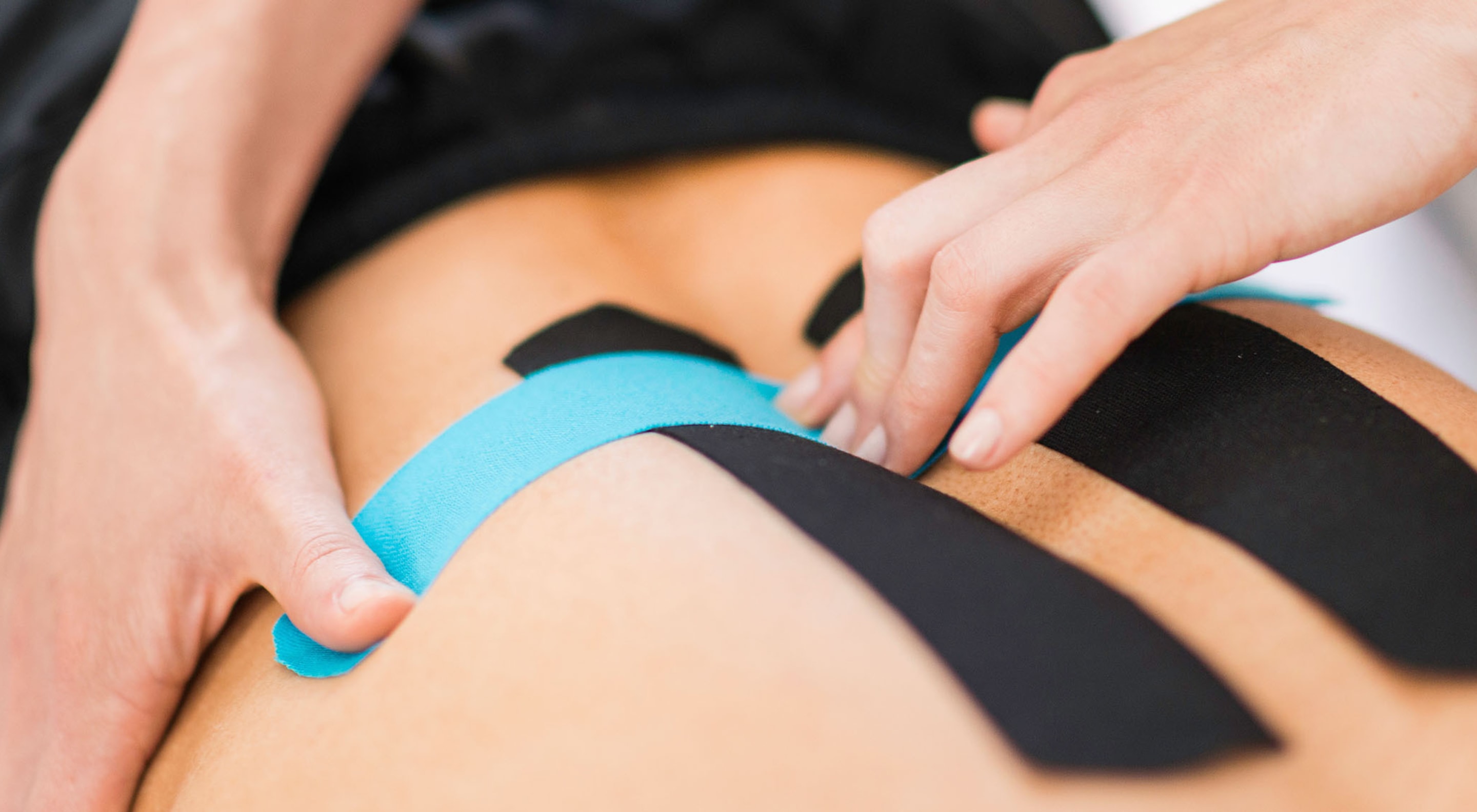
Taping
Therapeutic taping originally stems from Japan, and is known primarily as kinesiology taping, or the kinesio-tape method for short (Greek: kinesis = movement). It is frequently used by therapists and doctors to support primary therapy in case of conditions affecting the muscular and fascial systems, as well as the tendon and skeletal system. This includes, for example, sports injuries such as muscle strain and muscle fibre tears, tendonitis, or joint pain.
In comparison bandages for stabilisation, kinesio tape is elastic. When applied, it preserves, or even improves, mobility. The effect actually comes about by means of a sustained massage effect provided by the tape, which reinforces the body's own healing process and stimulates the metabolism, the circulation, the lymph, and the nerves. In addition, tape that is noticeable on the skin also improves body perception during movement.

Self-myofascial techniques
Many techniques from the described forms of therapy can, following more precise instruction from a therapist, be slightly altered, and can even be performed independently by the patient. They then fall into the category of self-myofascial techniques.
Frequently, no tools, or only a few, small tools are required to support the treatment. These might be balls or rollers, for example.
The advantages of self-performed exercises are obvious: the patient can contribute to the success of the treatment him/herself. Furthermore, with a little experience, more minor medical complaints can be independently relieved, without having to consult a therapist or doctor.
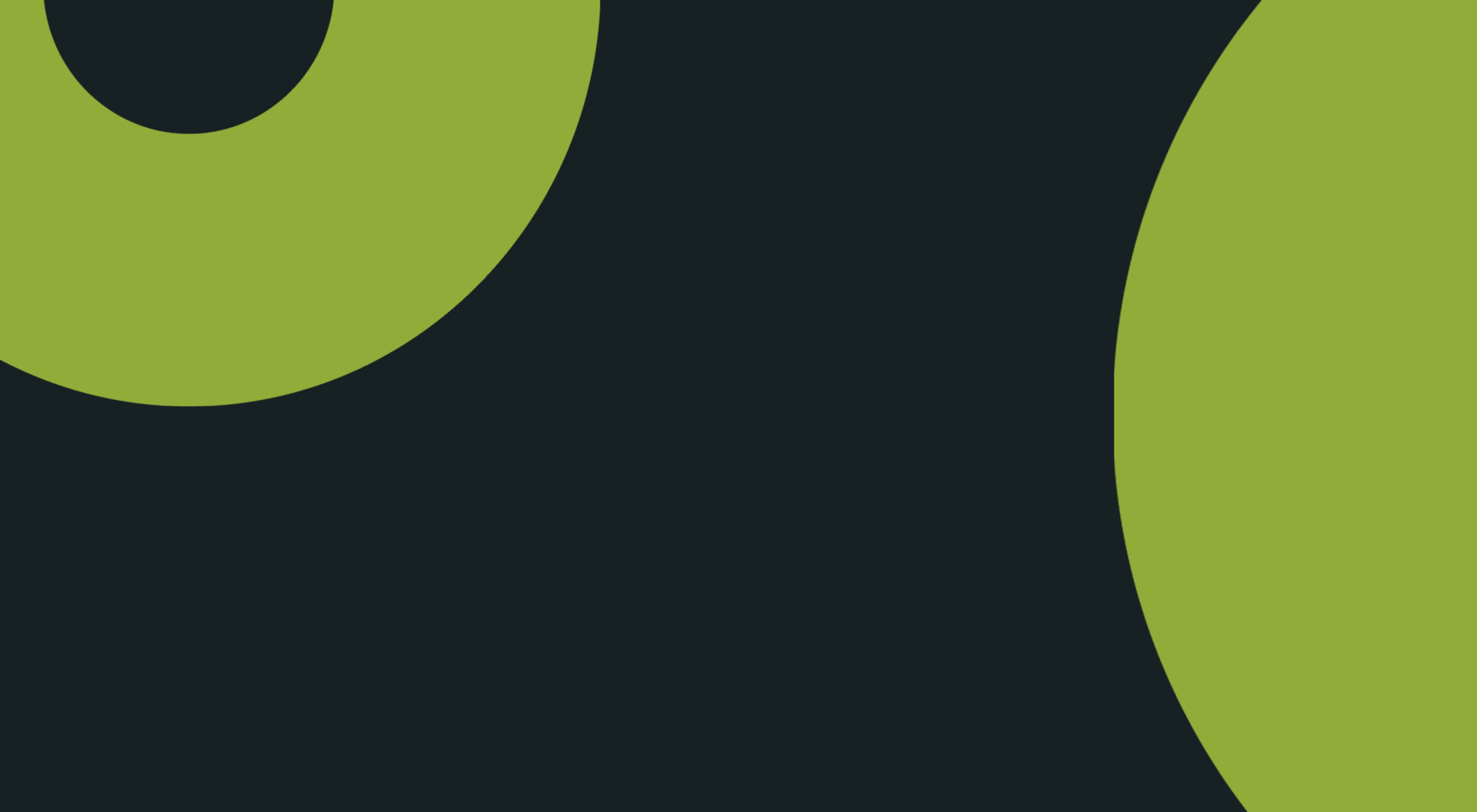
What does fascial therapy do for your?
Fascial therapy frequently results in an immediate improvement of the condition – generally the reduction of pain and the improvement of mobility. The basic concept of the various forms of fascial treatment is the regulation of non-physiological tension in the fascial tissue, which can affect the entire body and cause problems at various locations. The various fascial treatments are also used to effectively treat both newly occurring and chronic problems, for example in physiotherapy.




